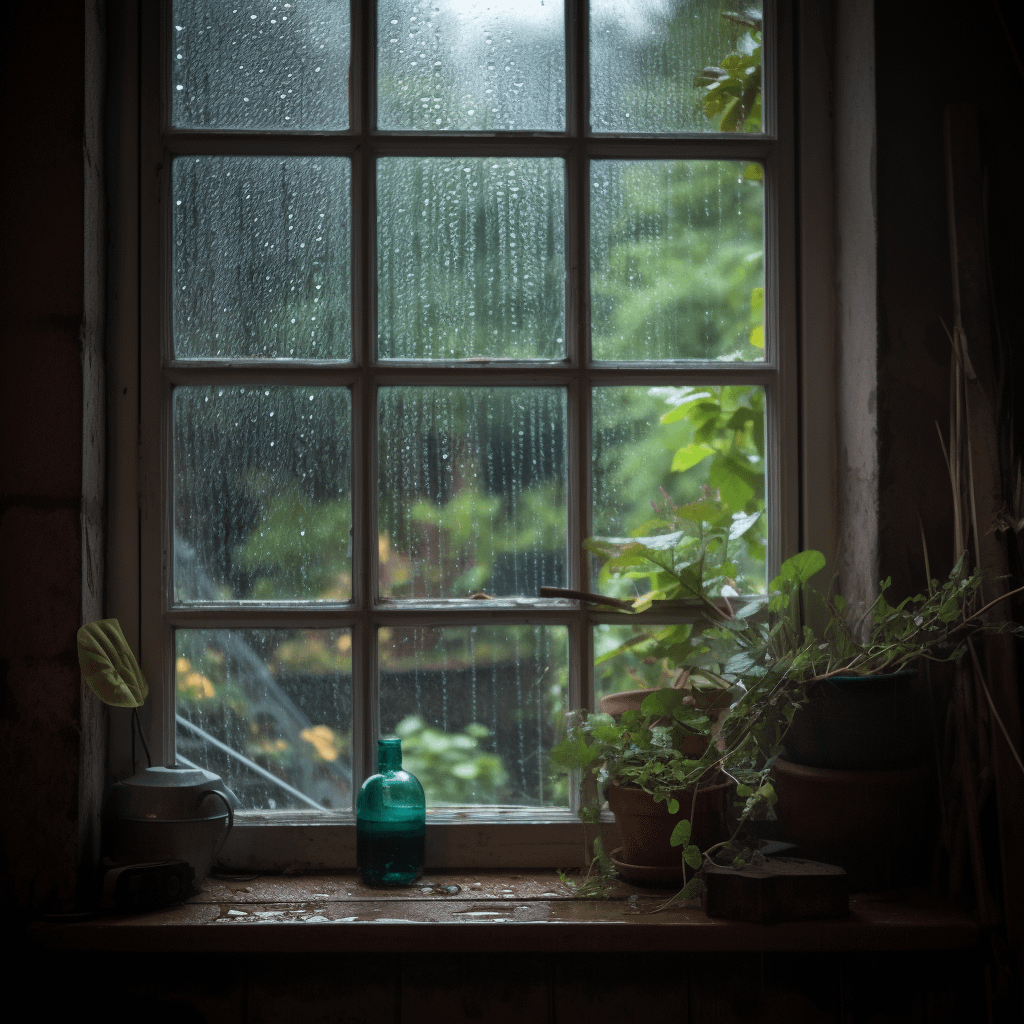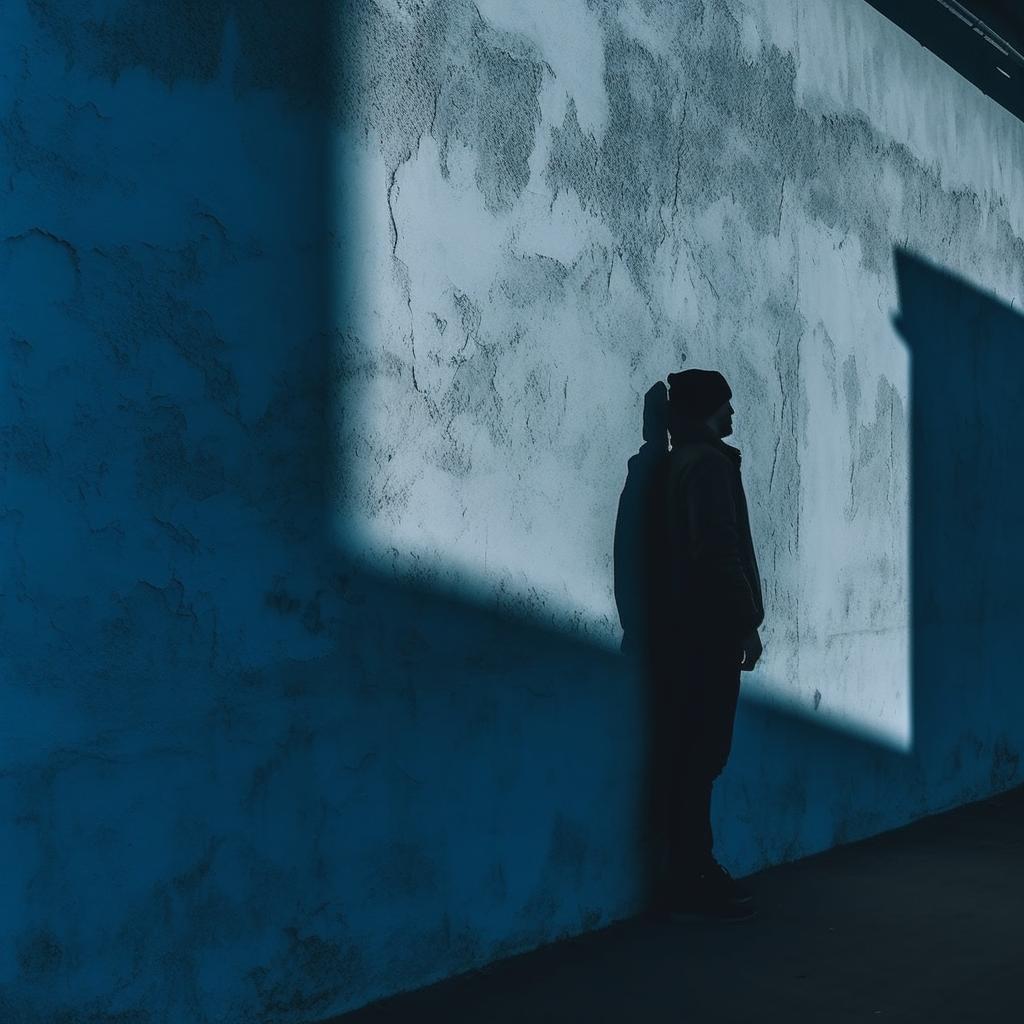Maybe you’re a sexual abuse survivor or a loved one looking for guidance in dealing with this weighty topic. Know that if you’re looking for answers on what is sexual abuse, you’re not alone. We’re going to talk about what is considered sexual abuse and how to access the resources for rebuilding lives.
In short, sexual abuse is a highly traumatic experience involving any unwanted sexual activity imposed on an individual without their consent. These actions include sexual assault, sexual coercion, rape, and child sexual abuse.
Sexual Abuse Definition
The definition of sexual abuse can vary, but it generally refers to any non-consensual sexual activity that involves force, manipulation, or coercion. It is vital to understand the nature of sexual abuse and its impact on survivors.
Key elements of sexual abuse include:
- Lack of consent
- Violation of personal boundaries
- Imbalance of power between the individuals
Sexual abuse can occur in different contexts, such as within relationships, families, or institutions.
Sexual Abuse Facts and Important Terminology
To better comprehend the various aspects of sexual abuse, let’s first review the following terms:
Sexual Assault
Sexual assault refers to any unwanted sexual interaction that occurs without the consent of the individual. Sexual assault can include fondling, forcing someone to perform a sex act such as oral sex, attempted rape, and rape.
- Around eight out of every ten sexual assaults are perpetrated by someone familiar to the individual affected, often occurring in situations like intimate partner sexual violence or acquaintance rape (sometimes called “date rape”).
- It is a traumatic experience that can have profound physical, emotional, and psychological effects on survivors.
- Providing survivors with resources, access to medical care, counseling, legal assistance, and a safe and supportive environment is crucial for recovery.
Drug-Facilitated Sexual Assault
Drug-facilitated sexual assault, known more commonly as “date rape drug” incidents, refers to the use of substances to incapacitate targets and facilitate sexual assault. It’s a form of sexual assault involving the administration of drugs or alcohol without the individual’s knowledge or consent. Understanding the nature of drug-facilitated sexual assault can help us all recognize the signs and provide support to survivors.
Drug-facilitated sexual assault may involve these tactics:
- The perpetrator takes advantage of someone who voluntarily uses drugs or alcohol.
- The perpetrator intentionally forces drugs or alcohol on an individual with or without their consent. Perpetrators may use various substances to incapacitate individuals, including drugs such as Rohypnol, GHB (gamma-hydroxybutyrate), and ketamine. These substances can be odorless, tasteless, and colorless, making it hard to know when they’ve been added to drinks or food.
Drug or alcohol impairment makes an individual unable to consent. Such substances may also lead to sedation, memory loss, confusion, dizziness, and loss of consciousness.
Sexual Battery
Sexual battery refers to any non-consensual sexual touching or groping, often involving physical force or coercion. It is a form of sexual assault that violates a person’s bodily autonomy and consent.
Sexual Coercion
The Office on Women’s Health defines sexual coercion as a violation of consent, where the perpetrator disregards the other person’s boundaries and autonomy. It can involve the use of pressure, manipulation, or threats to force someone into engaging in sexual activities against their will.
Sexual coercion is most likely to occur with someone you already know and can happen in person, via text, and online. Online sexual coercion is becoming more common, with most cases going unreported.
Statutory Rape
Statutory rape describes sexual activity with an individual who is below the age of consent. There are legal implications and consequences associated with statutory rape as minors cannot legally consent.
The age of consent refers to the minimum age at which an individual is considered legally able to provide consent to engage in sexual activity. The age of consent varies by state, ranging from 16 to 18 years old.
Some states have what are commonly called “Romeo and Juliet” laws. Under these rules, minors meeting certain criteria (for example, a three-year age gap, a minimum age of 14, and more) are not deemed to have done anything unlawful. However, it is imperative to note that all encounters under Romeo and Juliet rules, like those for adults, must be consensual.
Engaging in sexual activity with a minor is a serious criminal offense. The specific charges and penalties associated with statutory rape vary by jurisdiction. However, they can include mandatory registration as a sex offender, imprisonment, fines, and other legal consequences.
Rape
Rape is a form of sexual assault that involves non-consensual oral, vaginal, or anal penetration, regardless of the gender of the individual or the perpetrator. This is a severe crime with often long-lasting physical, emotional, and psychological effects.

What Are Examples of Sexual Abuse?
While any unwanted or non-consensual contact of a sexual nature is abuse, here are some specific examples of the various forms sexual abuse can take:
- Unwanted touching or groping
- Non-consensual sexual intercourse or penetration
- Sexual coercion or manipulation
- Exposing an individual to explicit material without their consent
- Forced exploitation through the production of pornographic materials or prostitution
What Is Child Sexual Abuse?
Child sexual abuse is a deeply distressing and harmful form of abuse that involves any sexual activity involving a child. The U.S. Department of Veterans Affairs defines child sexual abuse as including activities such as fondling, penetration, or exposing a child to explicit material.
In the United States, approximately every nine minutes, Child Protective Services (CPS) finds evidence of or a likely case of childhood sexual abuse.
What is the Sexual Exploitation of a Minor?
The sexual exploitation of a minor is a deeply concerning issue that encompasses the commercial sexual exploitation of children (CSEC) and child trafficking. It involves the manipulation, coercion, and abuse of children for sexual purposes, often for financial gain.
Child trafficking, a component of sexual exploitation, refers to the recruitment, transportation, transfer, harboring, or receipt of children for exploitation. Traffickers force children into various forms of sexual exploitation, including prostitution, the commercial production of pornography, the online transmission of live pornography, or forced labor. Survivors of sex trafficking have endured significant difficulties.
The commercialized sexual exploitation of minors can have devastating consequences for the physical, emotional, and psychological well-being of the individuals. It robs them of their childhood, safety, and dignity.
What Are the Symptoms of Sexual Abuse?
Recognizing the symptoms of sexual abuse is crucial for survivors seeking support. The signs of sexual abuse can vary depending on the age group and the individual.
Symptoms of Sexual Abuse in Adults
For college-age adults, six warning signs of adult sexual abuse may include:
- Sudden changes in behavior
- Decline in academic performance
- Unexplained physical injuries or illnesses
- Changes in sleeping or eating patterns
- Engaging in risky behaviors
- Displaying signs of anxiety, depression, or post-traumatic stress disorder (PTSD)
For those experiencing any of these warning signs, we encourage you to seek support and assistance.
Symptoms of Sexual Abuse in Children
Recognizing the symptoms of sexual abuse in children is crucial for timely intervention and support. Children may show various behavioral and physical signs indicating possible abuse. These include changes in sleeping patterns like nightmares, unexplained fears, and anxiety about specific people or places.
There may also be signs of sexualized behavior, difficulty in school, and changes in eating habits. Watch for changes in behavior. Fear of going home, regression, unexplained injuries, or changes in school attendance or performance are cause for concern.
Understanding these signs can help in supporting child sexual abuse survivors.
How Much Sexual Assault Goes Unreported?
Understanding the extent of underreporting in sexual assault cases is crucial for addressing the issue effectively. It’s necessary to acknowledge the underreporting of sexual misconduct on college campuses as well.
According to the American Association of University Women (AAUW), some sexual assault statistics include:
- More than 90% of sexual assaults on college campuses go unreported, indicating a significant gap between the actual number of incidents and those officially documented.
- Only about 20% of female student individuals report their sexual assault to law enforcement.
- The reasons for underreporting include fear of retaliation, concerns about not being believed, lack of trust in the criminal justice system, and the belief that the perpetrator won’t be convicted.
- A majority of high schools and colleges fail to report sexual harassment and assault properly.
Civil lawsuits against universities are an avenue of recourse in some of these sexual assault cases.
Healing from sexual abuse is a journey, and it’s okay to ask for help and support.

Resources for Survivors of Sexual Abuse
For survivors of sexual abuse seeking support and assistance, it’s crucial they know they’re not alone. There are resources available to help them on their journey. StrongerThan.org is an organization that specializes in providing comprehensive support for survivors of sexual abuse.
These resources include:
- Emotional Support
- Legal Assistance
- Financial Help
- Healthcare Resources
- Support for Child Sexual Abuse Survivors
- And more
By offering a comprehensive range of resources and support, we aim to empower survivors of sexual abuse and help them on their path to recovery.
Legal Assistance
Legal assistance is crucial for survivors seeking justice and accountability. StrongerThan.org offers legal help for survivors of sexual abuse. Here are some ways the legal network of StrongerThan.org can help:
- Free legal consultations
- Reporting guidance
- Investigations and gathering of evidence
- Lawsuit prep
- Legal representation
If you are deciding whether or not to speak up and pursue justice, knowing the difference between a civil lawsuit and criminal charges for sexual abuse is crucial. A criminal case, prosecuted by the state, requires proving guilt beyond a reasonable doubt, leading to possible felony sentencing for the abuser. The burden of proof is high, and most sexual abuse charges don’t make it to prosecution.
A civil lawsuit, on the other hand, uses a lower standard of proof and allows for monetary damages. It can include relevant third parties like universities or religious institutions.
Both avenues can be pursued simultaneously, with criminal evidence often aiding civil cases.
Civil Lawsuits for Sex Abuse Survivors
Civil lawsuits can be a crucial avenue for survivors of sexual abuse to seek justice, hold perpetrators accountable, and obtain compensation for the harm they have endured.
Civil lawsuits can offer healing in the form of justice finally being served. Additionally, in successful civil lawsuits, unlike criminal trials, the defendant must pay the plaintiff (the person filing the lawsuit) for their actions, offering critical financial resources that can go to treatment and everyday support.
A Note on Sexual Abuse Statute of Limitations
The statute of limitations on sexual abuse varies widely from one jurisdiction to another. It depends on the severity of the offense. Reviewing local jurisdiction regulations or consulting legal experts for precise information on the statute of limitations in a particular area is essential.
Successful Sexual Abuse Case Examples
Catholic Church
Two notable cases of sexual abuse against the Catholic Church in the United States highlight the scope and severity of these incidents.
First, the Roman Catholic Diocese of Dallas paid $30.9 million in 1998 to twelve clergy sex abuse survivors of a single priest. This settlement reflects the seriousness of the abuses committed. This case was part of a broader crisis where many dioceses found it necessary to make substantial financial settlements with survivors, totaling over $3 billion by 2012.
Another significant case involved the Roman Catholic Archdiocese of Los Angeles, which, in July 2007, reached a $660 million agreement with more than 500 clergy abuse survivors. This settlement was one of the largest of its kind. It came after a series of allegations and lawsuits against the archdiocese.
The Church of Jesus Christ of Latter-day Saints
In 2023, a jury awarded a Riverside woman over $2 billion against her stepfather for the sexual abuse she endured for more than eight years at home and on Mormon church property. Allegations were that local church leaders and her mother knew about this abuse. The Church of Jesus Christ of Latter-day Saints settled part of the lawsuit for $1 million, and the woman’s mother paid $200,000.
Boy Scouts of America
In one significant Boy Scouts of America (BSA) sexual abuse case, a jury in 2010 ordered BSA to pay $18.5 million to a former scout abused in the 1980s, marking the most significant punitive damages award to a single plaintiff in a U.S. child abuse case at that time.
According to the lawsuit, the Boy Scouts of America allowed Timur Dykes to participate in and lead troop activities which included sleepovers, despite his 1983 confession to having abused up to 17 scouts.
USC (The University of Southern California)
The University of Southern California settled lawsuits with 80 former students, primarily gay and bisexual men, who accused a former campus doctor of sexual misconduct over two decades. The allegations include inappropriate conduct during medical appointments and discrimination based on sexual orientation and gender.
Utah State University
A former USU student settled a rape case against Utah State University, receiving $250,000. The settlement includes USU enhancing oversight of its Greek system. The student, Victoria Hewlett, was allegedly raped in 2015 by a fraternity member, with previous reports of his misconduct allegedly unaddressed by the university.
The settlement also involves USU implementing new policies for fraternity and sorority oversight board, including mandatory sexual assault prevention training and a full-time coordinator to ensure compliance with these standards. Hewlett continues to pursue legal action against the Sigma Chi fraternity.
Although the perpetrator in the USU case did go to jail, most sexual assaults don’t lead to arrests or prosecution. Civil trials can offer the justice that survivors need to move forward.
Financial Help
Financial assistance can play a vital role in supporting survivors of sexual abuse who may face various challenges in their healing journey. For advice on obtaining financial resources to access mental healthcare, housing, and medical treatment, check out these assistance programs specifically designed to meet the needs of survivors.
Sexual Assault Hotlines
If you or someone you know is in immediate need of assistance, there are several hotlines available to provide support:
- RAINN (National Sexual Assault Hotline): Call the National Sexual Assault Telephone Hotline at 800.656.HOPE (4673) for local health services, information on laws in your area, emotional support, and to connect with a rape crisis center for a sexual assault forensic exam, also known as a “rape kit.”
- APA Crisis Hotlines: The American Psychological Association provides a list of crisis hotlines offering phone, text chat, or email support.
- National Sexual Assault Hotline: (800) 656-4673
- National Domestic Violence Hotline: (800) 799-7233
- Child Welfare Information Gateway: The Child Welfare Information Gateway provides a list of toll-free hotlines for child abuse reporting and support.
- Childhelp National Child Abuse Hotline: (800) 422-4453
- Darkness to Light: (866) 367-5444 (child or adult sexual abuse resources)
- National Human Trafficking Hotline: (888) 373-7888
Find a Crisis Center Near You:
If you need immediate assistance in the case of emergencies, please dial 911.
For non-emergency assistance or to find local resources, the Rape, Abuse & Incest National Network (RAINN) provides a helpful resource to locate a crisis center near you.
Moving Forward After Sexual Abuse: Get Help Today
Advocacy and compassion are essential for survivors of sexual abuse. It takes time, but survivors can start the healing process with support and thoughtful resources. Reach out to StrongerThan.org for more information on resources and support for survivors.


